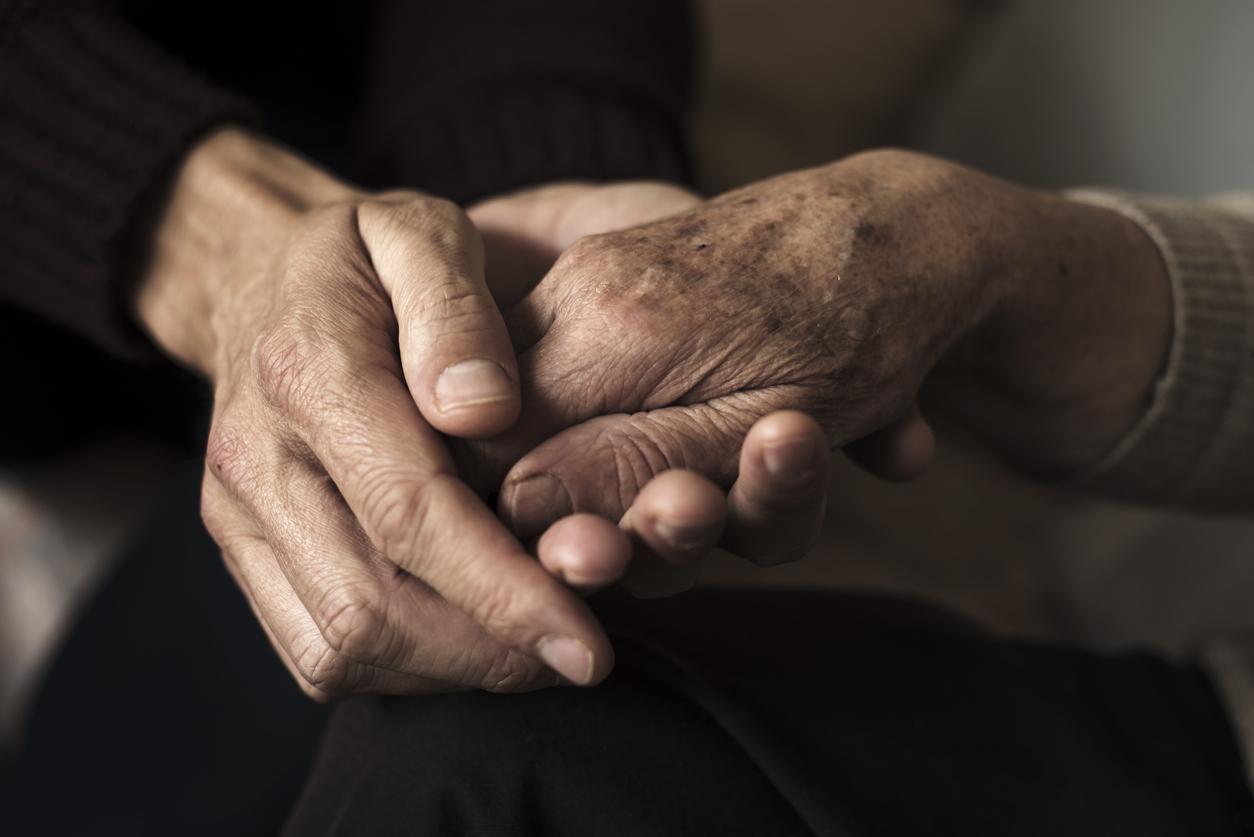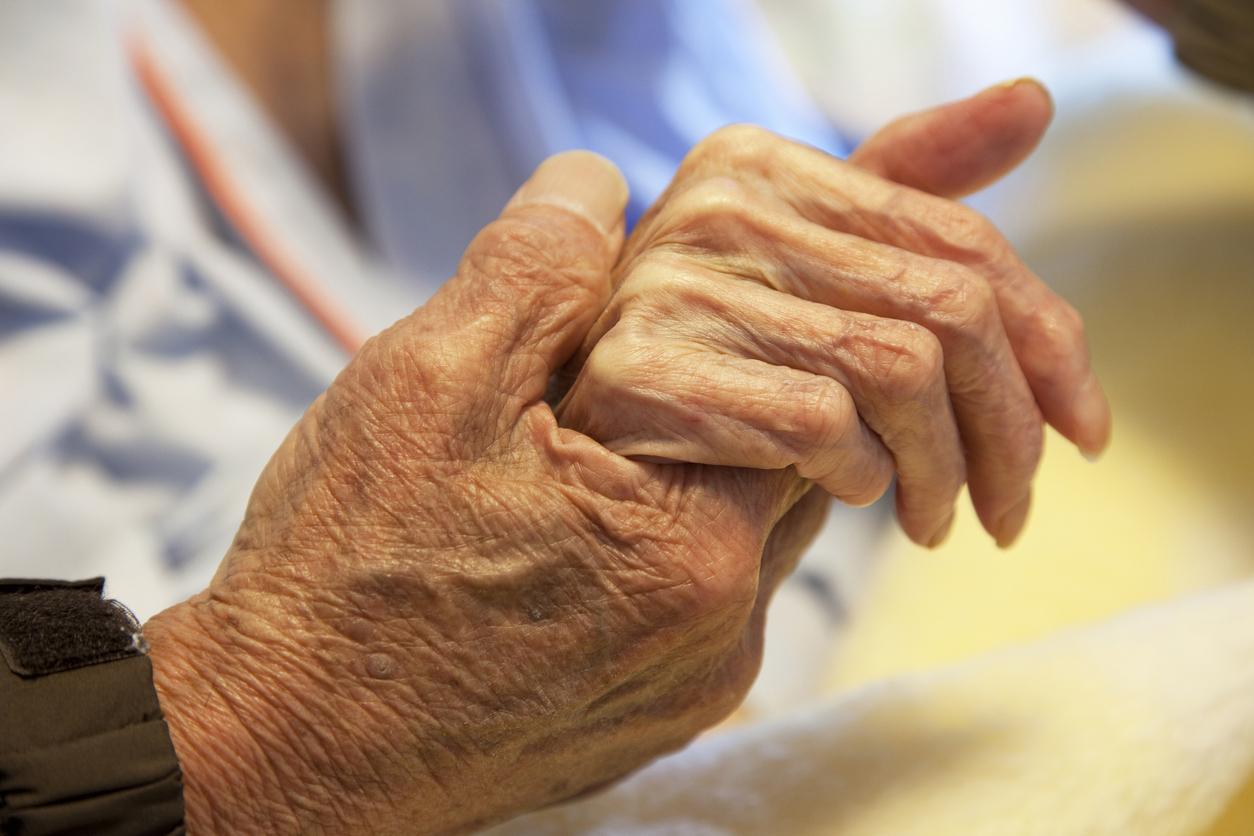During a traumatic event such as a terrorist attack or more recently the beheading of Professor Samuel Paty in Conflans-Sainte-Honorine, the families and relatives of the victims are more likely to experience pathological mourning. That is to say a suffering linked to the disappearance of a loved one which can become chronic.
-1602680291.jpg)
- Norwegian researchers are interested in the mechanisms of mourning after a terrorist attack. They interviewed 129 relatives and relatives of the victims of the attacks in Oslo and Utøya in July 2011
- For most of them, the work of mourning has been extremely long and painful, and a minimal fringe has not been able to overcome the loss of their loved one.
- We speak of pathological mourning when a person is unable to overcome a death, to the point of no longer finding a taste for life and of unconsciously thinking of rejoining the deceased so loved.
Overcoming grief has never been an easy ordeal, and it is even more insurmountable when you have lost a loved one in an attack. The sadness and emotional loss caused by this sudden and incomprehensible death can cause those around you to drift into pathological mourning. This is the conclusion reached by researchers from the University of Bergen (Norway). To understand the underlying mechanisms of pathological mourning, they focused on the relatives of victims killed by Anders Brieivik during the terrorist attacks in Utøya and Oslo on July 22, 2011. The results of their study were published in the review Frontiers in Psychiatry on October 14, 2020.
On July 22, 2011, Anders Behring Breivik, a 32-year-old ultranationalist, carried out the first bomb attack in Regjeringskvartalet, the district of the Norwegian ministries. Eight people are killed and fifteen others are injured by the explosion. A few hours later, disguised as a policeman, he opened fire on a youth camp organized by the League of Young Workers of the Norwegian Labor Party, on the island of Utøya. In his murderous escapade, he will kill 69 people, mainly teenagers, and wound 33 others by bullets. This attack remains to this day the deadliest in Norway since the end of the Second World War.
“The 2011 terrorist attack was a huge national tragedy that deeply affected us allsays Pål Kristensen, a doctor at the Center for Crisis Psychology at the University of Bergen. Still, we needed to learn about the long-term effects on mental health and how we could help those who were affected the most – the bereaved.”
Resilience, healing or chronic depression
With his team, Dr. Kristensen contacted the parents and loved ones of the victims, in order to better understand how this particular mourning process unfolded. They asked them about their feelings about this event 18 months, 28 months and 40 months after the attack. They realized that the mechanism of mourning could take three trajectories:
– The first occurs in people who express bereavement at a “moderate” level a year and a half (18 months) after death, which decreases after a little more than two years (28 months) and which stabilizes after almost three and a half years (40 months).
– The second trajectory includes people who felt a “high” level of grief at 18 months but which slowly faded at 28 and 40 months.
– The last category experienced a “high” level of bereavement at 18 months which remained constant even beyond 40 months, thus becoming chronic bereavement.
It is from there that we speak of pathological grief, when people are so affected by the loss of a loved one that they focus all their attention on it, abandoning everything else. Acting as a post-traumatic stress disorder, people suffering from pathological grief constantly dwell on the death and unconsciously yearn to want to join the deceased. Trapped in this spiral, they no longer feel joy or pleasure in living, even coming to question their place in this world.
Of the 129 participants in the study, almost 80% of them had a “high” level of grief. Time nevertheless allowed 64% of participants to do the work of healing after bereavement, when 13% of parents and loved ones failed to recover. According to the researchers, it is in particular the permanent fight against the dark thoughts which gnaws at them which would be at the origin of the abnormally long time taken to mourn.
Other studies on bereavement have nevertheless shown that after bereavement, some people find in it the energy necessary to demonstrate resilience, that is to say, to accept what has happened in order to bounce back. However, no such cases were observed by Pål Kristensen and his colleagues, suggesting that the terrorist attacks in Oslo and Utøya shocked loved ones so much that they made it impossible for them to walk towards redemption. .
More sustained psychological and social support for bereaved people
“We need to reach out to those who are terrorized to offer help, both at the onset of the attack, but especially over time when social support is reduced.”, believes Pål Kristensen. If the conclusions raised by this study are interesting, an unknown remains for other people. For his experiment, Pål Kristensen and his team contacted the 208 families affected by this tragedy, and nearly 60% of them agreed to participate in the experiment. What about others? It is impossible to know if they did not want to participate because of the great pain that the memory of these painful events would cause, or if it was another reason that led them to decline the help of the researchers. .
Anyway, the team led by Pål Kristensen is already thinking about new studies on the mechanisms of mourning in order to better help bereaved people.

















